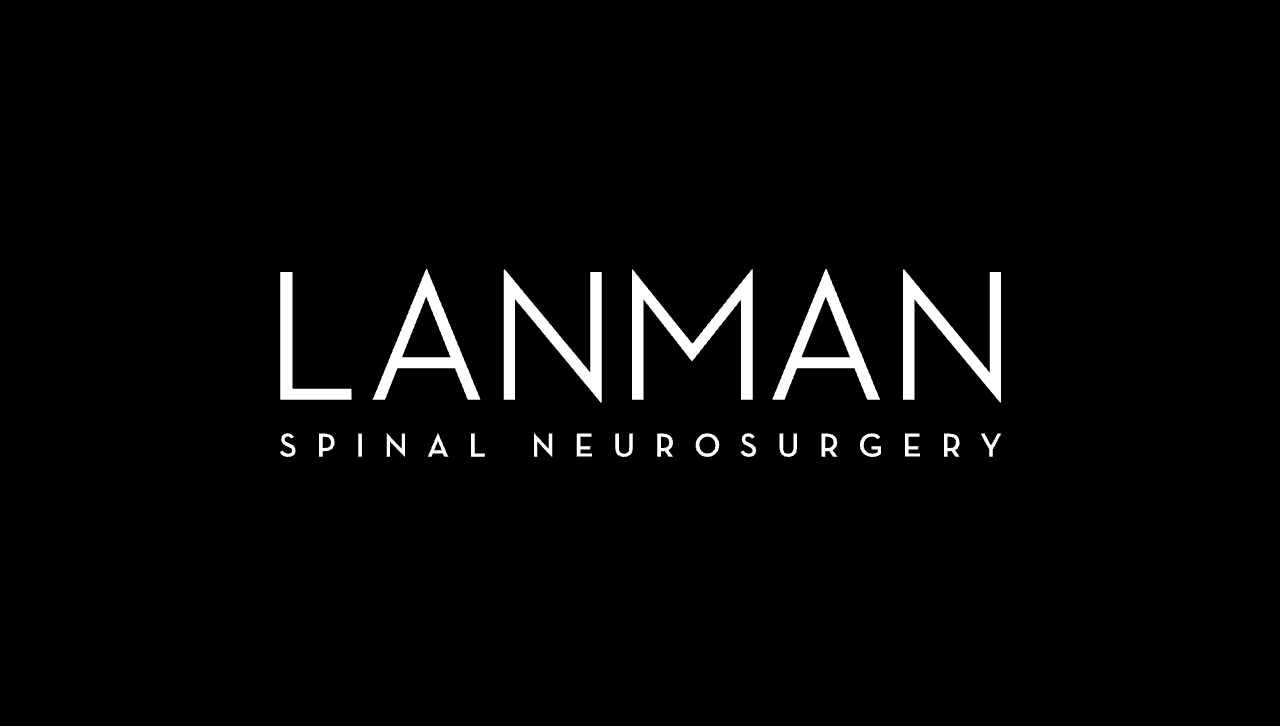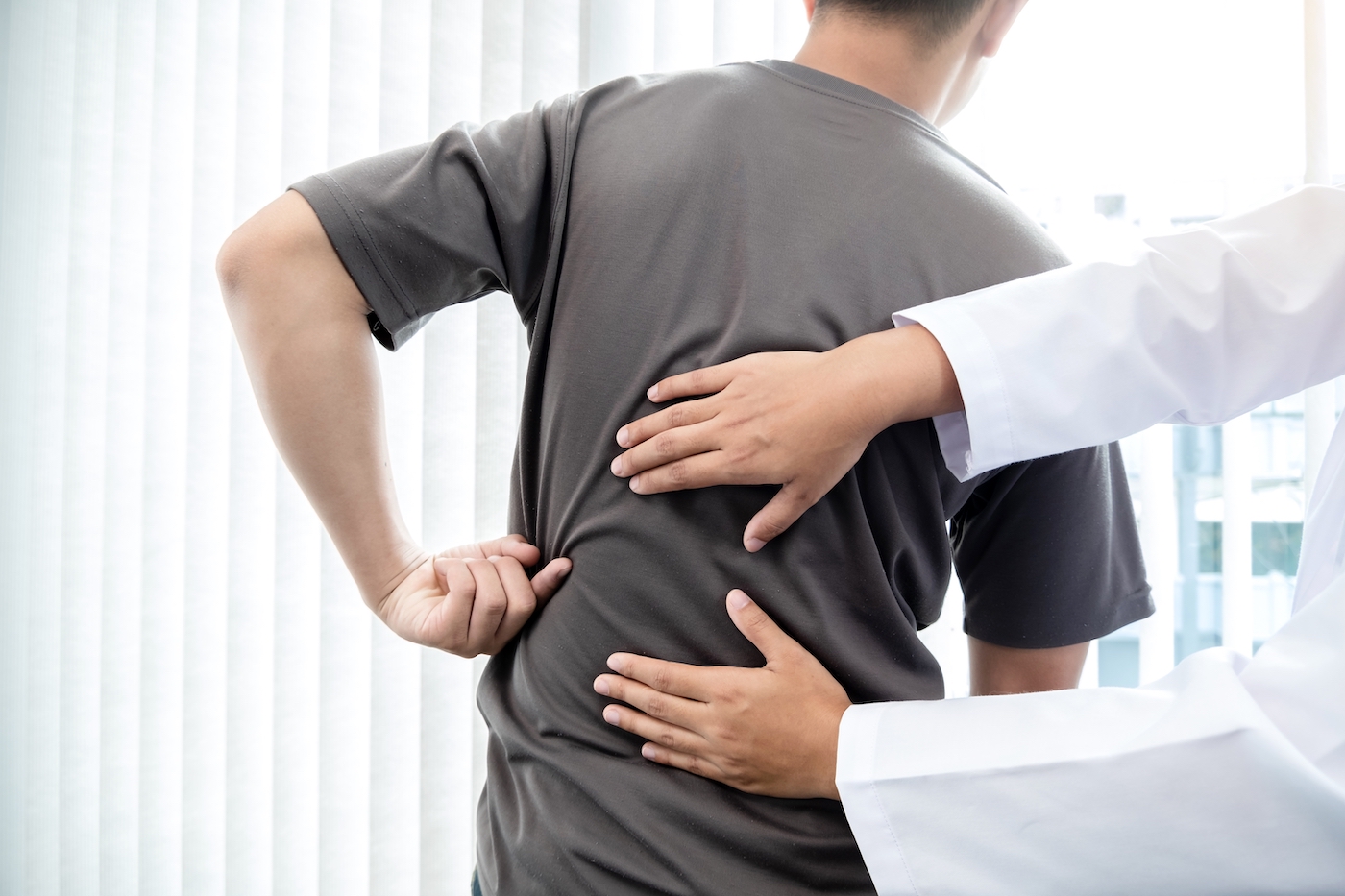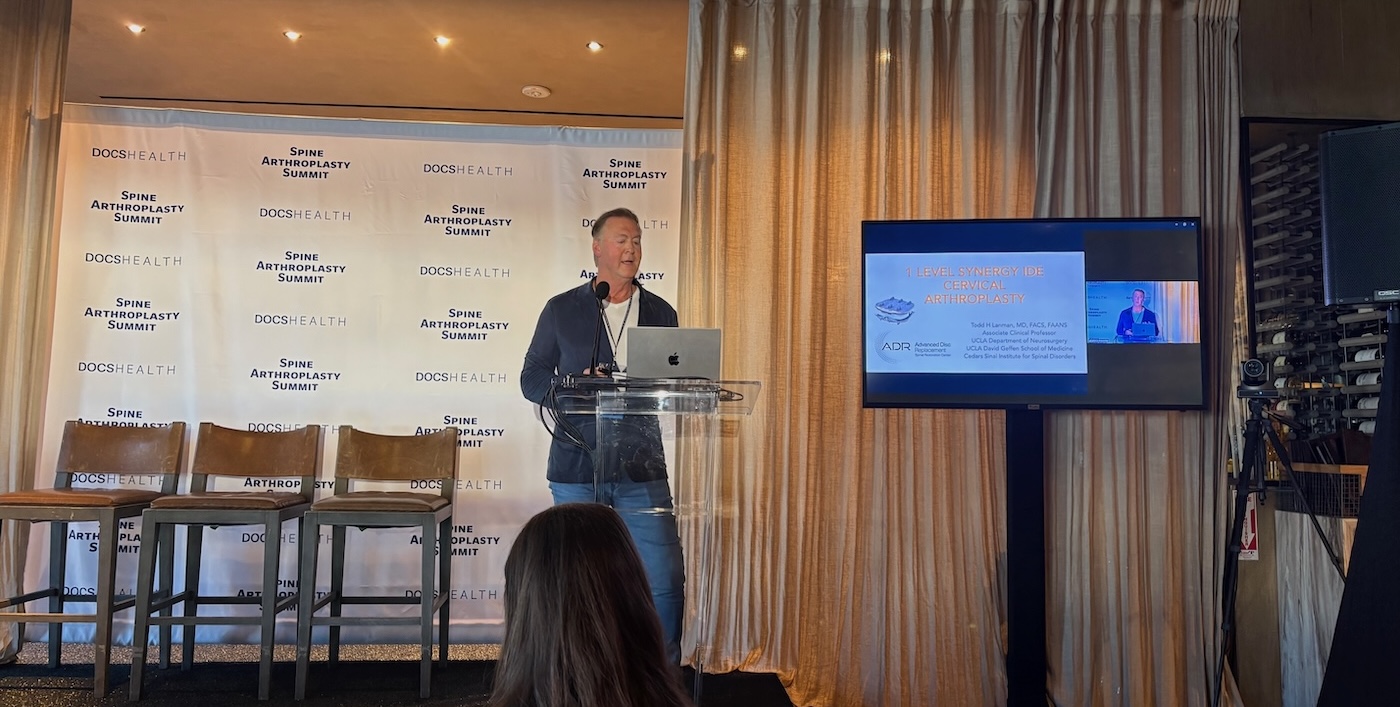A herniated lumbar disc occurs when the soft inner material of the disc protrudes through the outer layer, which can irritate nearby nerves and cause a variety of symptoms. Most people know about the common symptoms like low back pain, but there are unforeseen symptoms of a herniated lumbar disc, including sexual dysfunction, balance and coordination issues, and foot drop.
Common Symptoms of Lumbar Herniated Disc
Back Pain – A herniated lumbar disc can cause pain in the lower back, around the site of the disc herniation.
Leg Pain – A herniated lumbar disc can also cause pain in the buttock and upper thigh, which may be sharp or shooting.
Numbness and Tingling in the Leg – The most common symptoms of a herniated disc are pain and numbness that radiate down the leg. This is known as sciatica and is caused by irritation of the sciatic nerve.
Muscle Weakness – Herniated discs can also cause muscle weakness in the legs or feet, which can make it difficult to walk or stand.
Reduced Reflexes – If a doctor ever tapped your knee (patellar tendon) with a hammer and your lower leg jumped, that was a spinal reflex. A herniated lumbar disc can reduce spinal reflexes in the leg.
The Unexpected Symptoms of Lumbar Herniated Disc
Loss of Bladder and Bowel Control – In severe cases, a herniated disc can compress the nerves that control the bowel and bladder, leading to fecal and/or urinary incontinence or difficulty passing stools or urinating. If you experience any of these in combination with low back pain, seek medical help immediately.
Sexual Dysfunction – A herniated disc can also affect sexual function by causing numbness or pain in the genital area.
Balance and Coordination Issues – The nerves that run through the lower back and into the legs and feet can become irritated or compressed by a herniated disc, which can lead to a loss of sensation or motor control in the legs and feet. This can affect balance and coordination and make it difficult to perform everyday activities.
Foot Drop – Foot drop is when the front of your foot does not raise in unison with your leg. It is caused by weak extensor muscles (anterior tibialis muscle), which can be caused by a disc herniation at L4-L5.
Sciatica Pain – Sciatica pain is pain caused by problems with the sciatic nerve, which runs down each thigh. A herniated lumbar disc can affect the top of the sciatic nerve in the spine, causing pain and dysfunction.
Risk Factors for Lumbar Herniated Disc
Age – As we age, the discs in our spine begin to lose moisture and become less flexible, which can increase the risk of herniation.
Genetics – There is likely a genetic component to the development of herniated discs. Some people are clearly more predisposed to the condition than others.
Obesity – Excess weight puts additional stress on the spine, which can increase the risk of herniation.
Physical Activity – Lack of exercise and a sedentary lifestyle can weaken the muscles that support the spine, making it more vulnerable to injury. Also, poor posture can put additional stress on the spine, which can increase the risk of herniation over time.
Smoking – Smoking can cause damage to the discs in the spine and decrease blood flow, which can increase the risk of herniation.
Diagnosis of A Lumbar Herniated Disc
Physical Examination – Your spine surgeon will ask you about your symptoms, when they started, and what activities make them worse or better. Your spine surgeon will also perform a physical examination, checking the reflexes, strength, and sensation in your legs and feet. They may also ask you to perform certain movements to help determine the location and severity of your condition.
Imaging Tests – Imaging tests, such as X-rays, an MRI, or a CT scan, can help confirm the diagnosis of a herniated lumbar disc by providing detailed images of the spine. These tests can also help determine the size and location of the herniated disc.
Nerve Conduction Studies – A nerve conduction study measures how quickly the nerves in the leg can send and receive electrical signals and can help diagnose nerve damage caused by a herniated disc.
Electromyography (EMG) – EMG is a test that measures electrical activity in the muscles and can help identify nerve damage or weakness caused by a herniated disc.
Treatment Options for Lumbar Herniated Discs
Conservative Treatments
Rest and Activity Modification – Rest and activity modification can be an important component of the treatment plan for a herniated lumbar disc, particularly in the early stages of the injury when symptoms are most severe. It’s important to avoid activities that exacerbate pain or increase pressure on the spine. Resting in a comfortable position can help reduce pain and inflammation; however, prolonged bed rest is generally not recommended, as it can lead to muscle weakness and stiffness. Avoid activities that involve bending, twisting, or heavy lifting, as these can aggravate symptoms. Activities that involve low-impact exercise, such as walking or swimming, may be beneficial.
Pain Medications – Over-the-counter pain medications, such as acetaminophen or nonsteroidal anti-inflammatory drugs (NSAIDs), may help reduce pain and inflammation. In rare cases, prescription medications such as muscle relaxants or opioids may be necessary to manage severe pain.
Physical Therapy – Physical therapy can help reduce pain and inflammation, improve mobility, and strengthen the muscles that support the spine. This may include a combination of exercises, stretches, and manual therapy techniques.
Invasive Treatments
Epidural Injections – A corticosteroid medication can be injected into the epidural space around the spinal cord to help reduce inflammation and relieve pain.
Surgical Intervention – The two main surgical treatments for a herniated lumbar disc are spinal fusion and artificial disc replacement. It is important to speak with an experienced spine surgeon who offers both procedures so you can get the surgery that is right for you. Dr. Lanman has pioneered artificial disc replacement surgery and is deeply committed to spinal motion preservation and restoration. If you think you may need spinal surgery, schedule a consultation with Dr. Lanman to help you decide your best course of action.
Conclusion
Many of the signs and symptoms of a herniated lumbar disc are common and expected, but you should also be aware of the unforeseen symptoms of a herniated lumbar disc. While the vast majority of patients with low back pain will not need surgery, it is important to speak with a back pain specialist like Dr. Lanman who can correctly diagnose the issue and can describe the full range of conservative and invasive treatments. Together with Dr. Lanman, you can create a treatment plan that is just right for your specific needs.
Lumbar Herniated Disc Frequently Asked Questions
How long does it take to recover from herniated lumbar disc surgery?
In general, patients can expect to return to work and normal activities within four to six weeks after surgery, although this can vary depending on the individual’s overall health and the nature of their job. Recovery from artificial disc replacement is usually much faster than recovery from spinal fusion surgery.
Can a herniated lumbar disc be prevented?
It is not possible to prevent a herniated lumbar disc, but you can lower your personal risk by getting regular exercise, maintaining a healthy weight, and developing good sitting posture. If you smoke, quit.
How can I differentiate between a herniated lumbar disc and other back problems?
Several other back problems cause symptoms similar to herniated lumbar disc, including spondylolisthesis, piriformis syndrome, muscle strain, and myofascial pain syndrome. Your spine surgeon can distinguish between these conditions with history, physical exam, and imaging studies.
Can physical therapy help with a herniated lumbar disc?
Yes, physical therapy can be an effective treatment for a herniated lumbar disc. The goal of physical therapy for a herniated disc is to reduce pain and inflammation, improve mobility, and strengthen the muscles that support the spine to prevent further injury. Your physical therapist may suggest core strengthening exercises, flexibility training, and massage.
How can I make sure that I am getting the right diagnosis for my back pain?
The way to make sure to get the right diagnosis for back pain is to have a consultation with a spine surgeon. Dr. Lanman is one of the world’s leading spinal neurosurgeons and has correctly diagnosed hundreds of cases of back pain.







